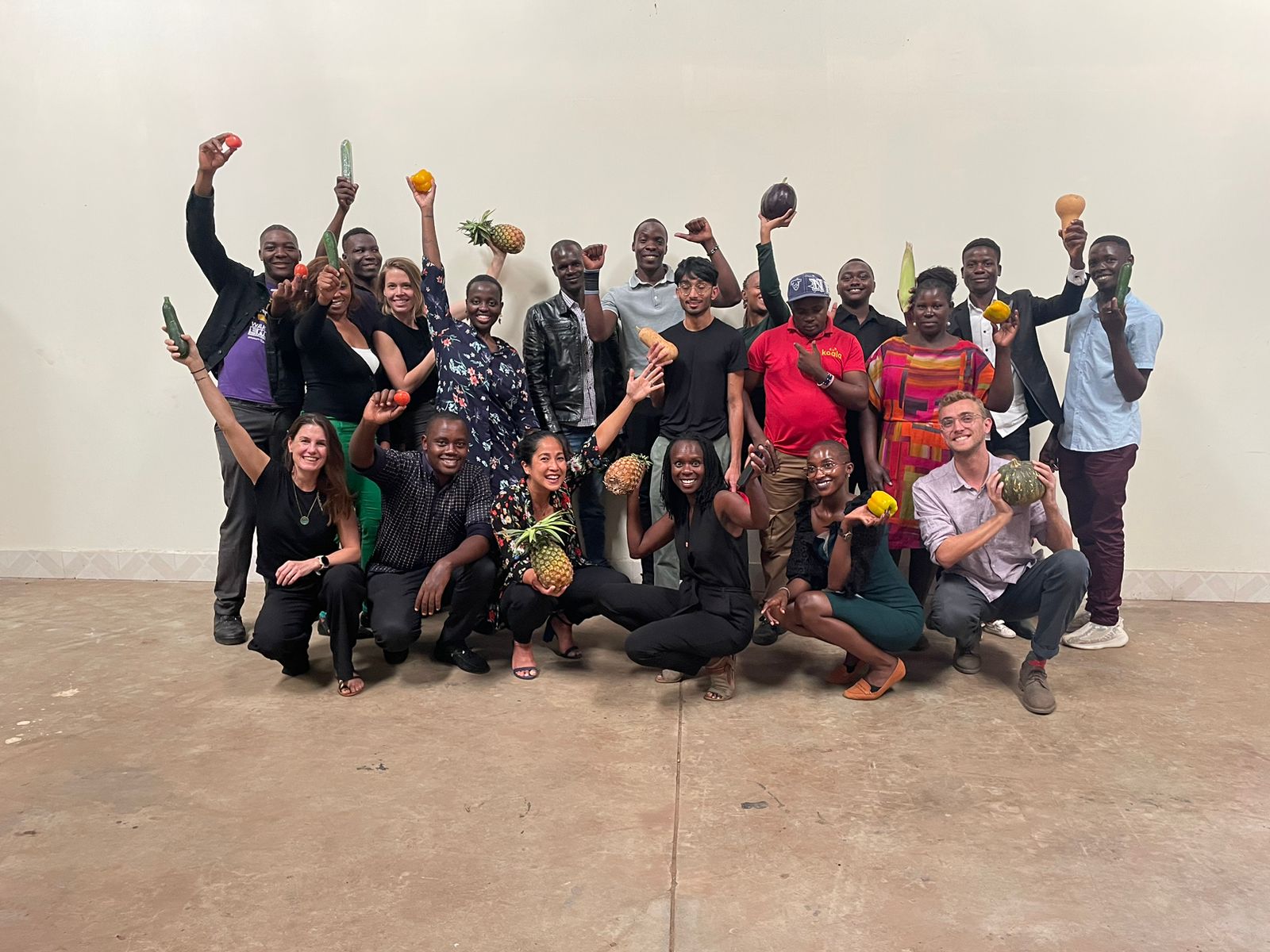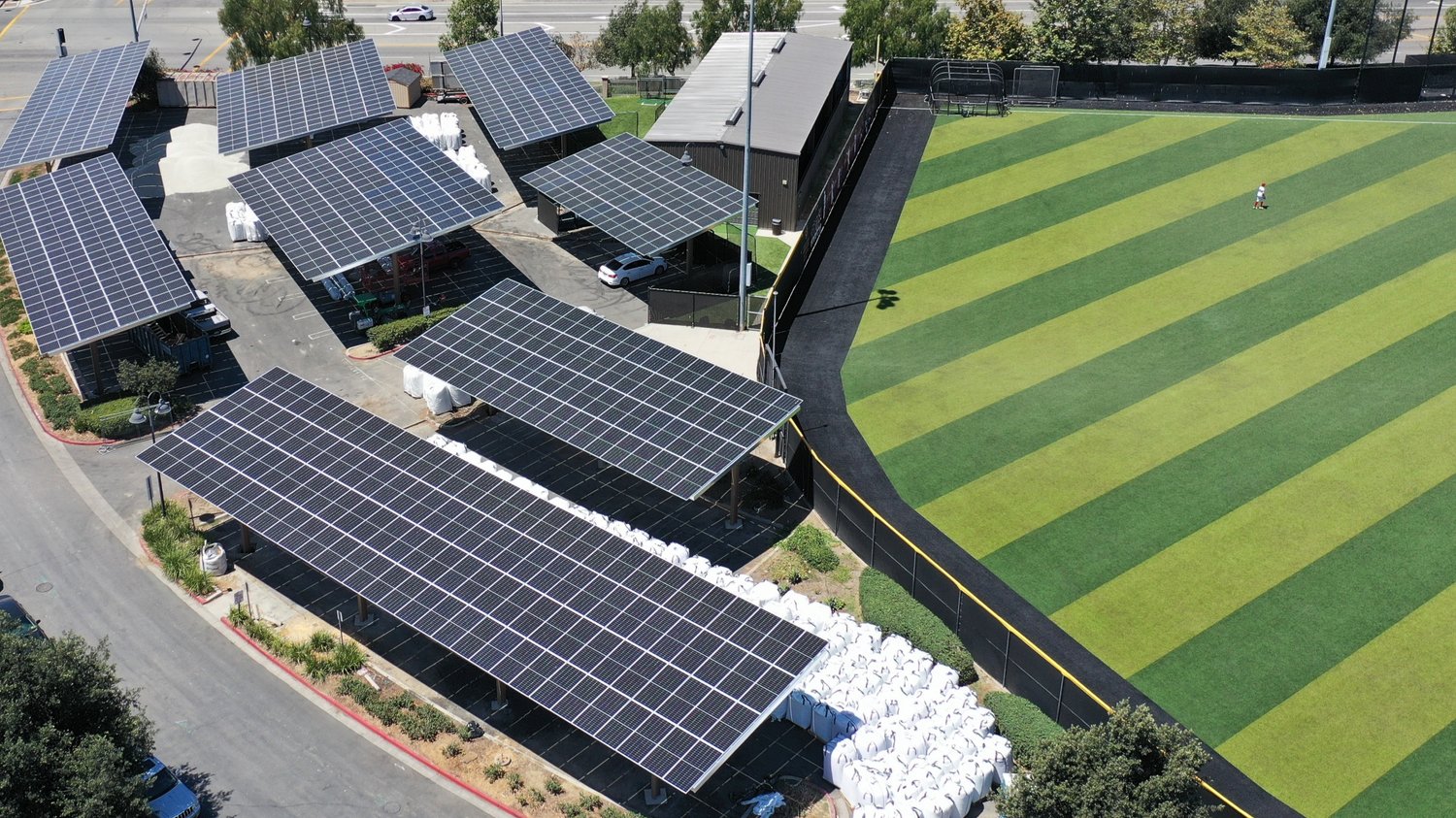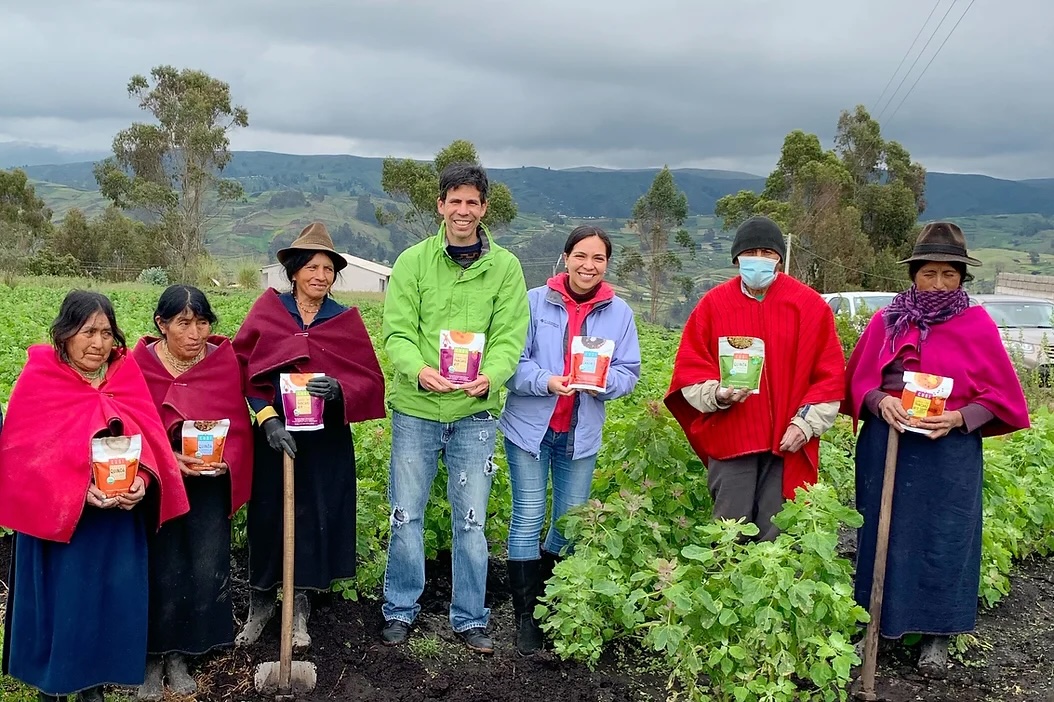ImpactAlpha, July 5 – Tim Stout was thrilled when, a few years ago, he inherited 175 acres of northern boreal woodland surrounding his family in Shrewsbury, Vermont. Growing up, he spent countless summers meandering through the woods, picking mushrooms and looking for wildlife, and he always hoped he would be able to care for it one day.
But a forest is a complex heirloom. Woodlands don’t stay healthy on their own. They require active stewardship, to keep both plant and wildlife populations strong and invasive species at bay. And unlike a relative’s set of flatware, there are property taxes to pay annually, too.
It’s a lot to ask of a small landowner, which is why Stout decided to enroll in the Family Forest Carbon Program (FFCP).
Created by The Nature Conservancy and the American Forest Foundation, the program is one of a slate of initiatives launched in recent years that aim to help small-scale forest owners better manage their land. One way to do that: bankroll stewardship efforts by generating and selling carbon credits.
Until now, the forest carbon market has only been accessible to large landowners who own 5,000 acres or more. Owners of small forests like Stout have been overlooked, says Matt Russell, an associate professor at the University of Minnesota’s Department of Forest Resources.
“It costs lots of money upfront to have a property set up for carbon measurement – money that small forest owners often don’t have,” Russell says. That, he adds, not only cuts them off from a significant income-generating opportunity, it also hampers the potential of U.S. forests to combat climate change.
Family forest owners steward 39% of U.S. forests, more than the federal government or corporate owners. If managed well, that land, estimated to total nearly 300 million acres, could offset about 350 million metric tons of CO2 per year, or about as much as 78 million fuel cars emit.
Carbon assets
The FFCP targets preservation-minded landowners who own as little as 30 and as many as 2,400 acres of forest, paying them to implement practices that increase carbon soil sequestration or avoid carbon loss in the first place. Since its launch in 2020, the program has enrolled 327 landowners who hold 47,976 acres across 9 states.
“People see this as a carbon program, but it goes beyond that,” explains Jim Shallow, director of strategic conservation initiatives at The Nature Conservancy in Vermont. “The main goal is to make healthier forests that have a positive impact on both climate and biodiversity.”
Shallow pointed to a variety of climate-smart practices that landowners can adopt, including maximizing the growth of existing forests, planting trees that are well-suited to changing climate conditions, and designating areas where no harvesting takes place.
By signing on, landowners commit to either a 10- or 20-year contract instead of the 50- or 100-year agreement required by most traditional carbon projects. The program also provides landowners technical assistance and tailored forest management plans so landowners can learn how to grow their forests to maximize carbon.
The idea appealed to Stout, who was one of the first landholders in Vermont to sign up to the program. He says the customized management will help his sons, who will eventually inherit the property — and the upkeep.
“Keeping the forest healthy and maintaining our property for future generations is our number one priority,” asserts Stout. “The reality, however, is that managing the land is expensive, and our knowledge about how to do it properly remains limited.”
Federal boost
Owners receive an upfront payment when they sign up, followed by smaller, annual installments. Payments range between $10 to $15 per acre, depending on the length of the agreement, the property’s size, and how much carbon the land is estimated to capture. For example, someone who enrolls 40 acres would earn approximately $12,000 — $600 per year over 20 years.
Stout says the annual compensation he receives from the program isn’t a whopping sum, admits that the money won’t make him rich, but it’s helping defray the cost of maintaining the land.
About 250 miles southwest, in Wayne County, Pennsylvania, Raul Chiesa and Janet Sredy own and manage Beckets Run Woodland, 110 acres of hilly forestland they’re working to resuscitate after decades of poor management.
The work costs around $10,000 a year – now paid for by carbon sequestration proceeds.
A few years ago, the couple started working with NCX, a San Francisco-based startup that uses a combination of high-resolution satellite imagery and artificial intelligence to quantify a land’s carbon stock. It then sells carbon credits to companies or institutions trying to meet carbon-reduction goals, with the income going to help landowners keep their trees growing.
The company says it has enrolled nearly 4,400 U.S. landowners across 37 states and issued over $2.5 million in payments since 2020.
Endeavors of this nature are slated to receive a substantial boost under the Inflation Reduction Act of 2022, which provides $450 million to the U.S. Forest Service to help private landowners commit to climate-focused forestry. The bill includes dedicated funding to facilitate the participation of small forest owners in carbon markets.
Controversial solution
Even as the carbon offset markets have grown into a lucrative industry worth billions of dollars, they remain a controversial strategy to offset CO2 emissions.
Critics claim that carbon-offset programs do not actually remove CO2 from the atmosphere, providing instead a cover for polluting industries to appear carbon-neutral.
It doesn’t help that an investigation last year found flaws in the accounting methodologies used by Verra, the world’s leading certifier of carbon credits, including those issued by the FFCP, and argued that most of its credits were “largely worthless.” (Verra denied the charges. It released an updated methodology in April).
The approach used by the FFCP diverges significantly from conventional carbon-offset programs, which in most cases simply measure the carbon that exists in a forest and its increase over time, says The Nature Conservancy’s Shallow.
“We pay landowners to implement practices that scientifically deliver carbon benefits and sell carbon credits only after verification,” he says. “This is real carbon, not hypothetical.”
There are also concerns regarding leakage, which is when protecting one forest causes deforestation to happen elsewhere, as well as permanence. Usually, carbon projects are deemed ‘permanent’ when they meet the carbon storage benchmark of 100 years, although certain protocols and registries may demand an even longer timeframe.
Jennifer Jenkins, chief sustainability officer at NCX, says long-term contracts can be challenging for small landowners seeking to engage in carbon storage initiatives, while shorter commitments can incentivize immediate action to safeguard forests.
Wildfire risk
Yet forests face growing vulnerability as carbon reservoirs. A study published in Nature Geoscience earlier this year found that several of the forest-based carbon offsets established in the U.S. are in regions most vulnerable to climate-induced risks, such as drought stress, insect outbreaks, storms and fires.
The devastating wildfires currently raging across Canada have highlighted once again this troubling vulnerability. The blazes, exacerbated by climate change, have released millions of tons of carbon dioxide into the atmosphere – including from vegetation burned within a carbon offset project.
“The facts are there to remind us that it’s extremely risky to rely on trees as temporary carbon stores to offset fossil fuel emissions, which remain in the atmosphere for generations,” says Grayson Badgley, a research scientist at CarbonPlan, a US-based non-profit.
The Small Forest Carbon Program is working with small family forest owners impacted by the 2018 Camp Fire in Northern California to reforest and restore the forests. American Forest Foundation also works with forest owners on fuel-reduction and other wildfire mitigation practices.
Carbon credit solutions to account for wildfire and climate vulnerabilities are a work in progress. The FFCP operates a mechanism called a buffer pool. In this approach, offset credits from individual projects are allocated to reserves of non-tradable carbon offsets, functioning as an insurance mechanism to protect against unexpected carbon stock losses.
Alternatively, NCX has adopted ton-year accounting to bundle offsets with significantly shorter durations. For instance, they include 1-year forest harvest delays that are less susceptible to burning within the lifespan of the agreement. NCX promotes these offsets as having equal environmental value compared to traditional longer-term storage offsets.
But even these countermeasures have their own issues. A team of researchers recently found a set of shortcomings in carbon offset registry methods, like those used by the FFCP, that could “critically undermine” their buffer pool policies. Concerns have also been raised that NCX’s pooled buffers may be inadequately stocked compared to the overall portfolio due to an excessive number of credits sold at the program level.
Russell from the University of Minnesota has expressed concerns about the susceptibility of carbon forest offsets to climate stressors, arguing that forest offset protocols “need to be updated” if they are to be effective tools to prevent further global heating.
Still, he believes initiatives like the FFCP are a step in the right direction.
“With the immense task of reducing carbon emissions, we cannot afford to overlook family forest owners any longer,” he says. “They hold tremendous potential, and it’s essential that we take concrete steps to leverage it.”
Marcello Rossi is a freelance journalist based in Italy.











